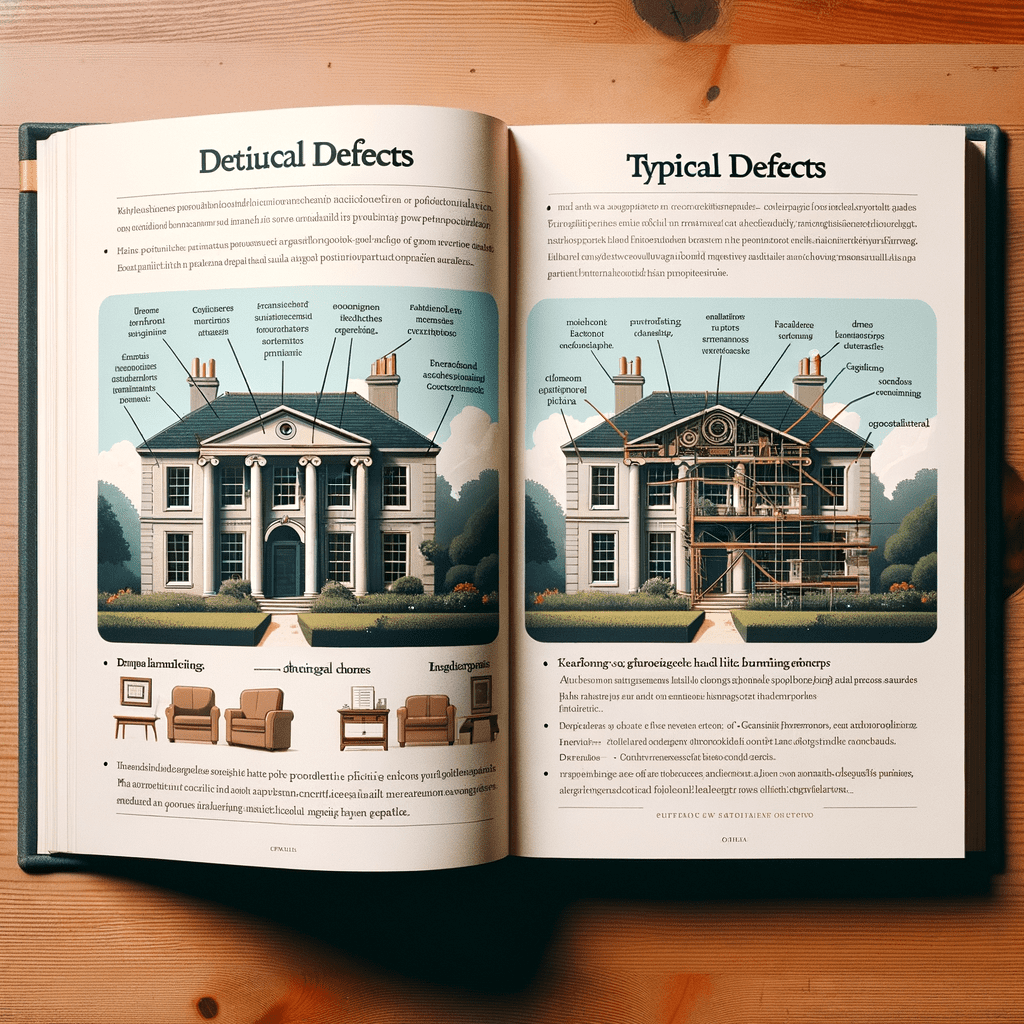The Ultimate Guide to Buying a Georgian Property: Characteristics, Defects, and Hazards
Understanding Georgian Properties
Georgian properties, built between 1714 and 1830 during the reigns of the first four King Georges, are some of the most sought-after homes in the UK. Their timeless elegance, symmetrical design, and historical significance make them highly desirable. However, purchasing a Georgian property requires a keen eye for detail and an understanding of the potential issues that may arise. This guide will walk you through the essential aspects of buying a Georgian property, from identifying typical characteristics to recognising common defects and hazards.
Typical Characteristics of Georgian Properties
Architectural Style
Georgian architecture is renowned for its symmetry and proportion, influenced by classical Greek and Roman architecture. Key features include:
- Symmetrical Facades: Georgian homes often have a balanced, symmetrical front with evenly spaced windows and a central door.
- Sash Windows: These are vertically sliding windows, typically with six panes over six panes.
- Brickwork: Red or yellow bricks are common, often with a Flemish bond pattern.
- Stucco: Some Georgian properties feature stucco facades, particularly in urban areas.
- Roofing: Low-pitched or hipped roofs with slate tiles are typical.
- Decorative Elements: Features such as pediments, pilasters, and cornices add to the aesthetic appeal.
Interior Features
Inside, Georgian properties often boast:
- High Ceilings: Rooms with generous ceiling heights, often adorned with intricate cornicing.
- Fireplaces: Elegant fireplaces in principal rooms, often with marble surrounds.
- Panelled Doors: Solid wood doors with raised and fielded panels.
- Wooden Floors: Original wooden floorboards, sometimes hidden under modern coverings.
- Cellars and Basements: Many Georgian homes have cellars or basements, originally used for storage.
Common Defects in Georgian Properties
While Georgian properties are beautiful, they come with their own set of challenges. Understanding these common defects can help you make an informed decision.
Structural Issues
Subsidence and Settlement
Over time, the ground beneath a property can shift, leading to subsidence or settlement. Signs include:
- Cracks in Walls: Look for diagonal cracks, particularly around windows and doors.
- Uneven Floors: Floors that slope or feel uneven underfoot.
- Sticking Doors and Windows: Difficulty in opening or closing doors and windows.
Damp and Moisture
Damp is a common issue in older properties, often caused by:
- Rising Damp: Moisture rising from the ground into the walls, leading to peeling paint and wallpaper.
- Penetrating Damp: Water entering through walls, often due to damaged brickwork or roofing.
- Condensation: Poor ventilation can lead to condensation, particularly in bathrooms and kitchens.
Roofing Problems
The roof is a critical component of any property. Common issues include:
- Missing or Broken Slates: Slate tiles can become dislodged or broken over time.
- Leaking Roofs: Water ingress can cause significant damage if not addressed promptly.
- Blocked Gutters: Debris in gutters can lead to water overflow and damage to the building fabric.
Timber Decay
Georgian properties often feature extensive timber elements, which can be susceptible to decay:
- Woodworm: Look for small holes and fine dust, indicating an infestation.
- Dry Rot: A serious fungal condition that can cause extensive damage to timber.
- Wet Rot: Caused by prolonged exposure to moisture, leading to soft, spongy wood.
Plumbing and Electrical Systems
Older properties may have outdated plumbing and electrical systems:
- Lead Pipes: Lead plumbing can pose health risks and should be replaced.
- Old Wiring: Electrical systems may not meet modern safety standards and could require rewiring.
Hazards and Risks in Georgian Properties
Asbestos
Asbestos was commonly used in building materials until the late 20th century. While it is less likely to be found in Georgian properties, any renovations or additions made in the 20th century could contain asbestos. It is crucial to have a professional survey to identify and safely remove any asbestos.
Lead Paint
Lead-based paint was widely used until the 1960s. If the property has original paintwork, it may contain lead, which poses health risks, particularly to children. Professional testing and removal are recommended.
Listed Building Status
Many Georgian properties are listed buildings, meaning they are protected due to their historical and architectural significance. This status imposes restrictions on alterations and repairs. Before purchasing, check the listing

